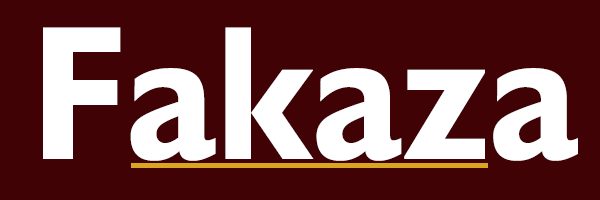Lifestyle
You’re not eating enough protein if you have these 6 symptoms

However, a typical nutritional gap is a lack of protein. The following are the 6 typical indicators that your diet is lacking in protein:
1. Weakness and fatigue
Your body uses weakness and fatigue to indicate a protein shortage. Fatigue, low energy, and general weakness might result from your body not getting enough protein. Your body may not be getting enough protein to support your daily energy levels if you feel exhausted all the time, even after you’ve rested.
3. Slow wound healing
Slow wound healing and recurrent illness are two other typical signs of a protein shortage. Swelling (also known as edema), particularly in the hands, legs, feet, and abdomen, is one of the most typical indicators that you aren’t receiving enough protein. Edema can be caused by a variety of factors, so be careful to consult your physician if you suspect something more serious. Your immune system may be compromised by a severe protein shortage. Protein aids in the production of antibodies, which guard against infections and other diseases. A lack of protein results in fewer antibodies, which raises your risk of infection.
4. Mood swings
Additionally, proteins are essential for the synthesis of neurotransmitters that control mood and mental acuity. Mood fluctuations, impatience, and trouble focusing can all be caused by a protein shortage. Another typical sign of a protein shortage is mood swings. To convey information between cells, your brain employs chemicals called neurotransmitters, which are composed of amino acids, the building blocks of proteins. Therefore, eating too little protein would alter how your brain functions. For instance, you can experience depression or excessive aggression if your dopamine and serotonin levels are low.
5. Uncontrolled cravings
Persistent snack cravings, particularly for savory or sweet meals, may be your body’s way of indicating a protein shortage. Your body uses skeletal muscle tissue as fuel when there is insufficient protein. Muscular atrophy, or a loss of muscular mass, results from this.
6. Poor muscle mass
Finally, sustaining muscle mass, particularly as we age, requires protein. The body starts to break down muscular tissue for energy when it doesn’t obtain enough protein from diet. Since muscles support and cushion the joints, this can result in muscular atrophy, weakening, and even joint discomfort. Insufficient protein intake may be the cause of joint pain or muscle loss. It frequently takes longer for cuts and scratches to heal in those who consume little protein.










